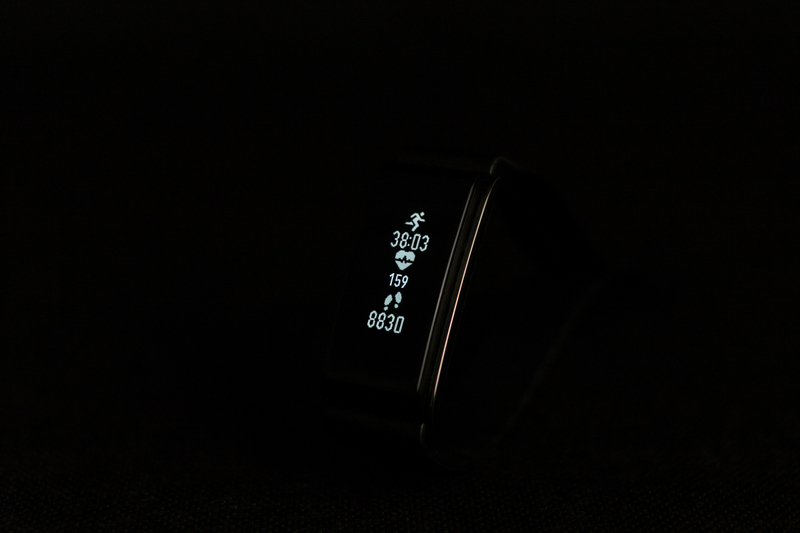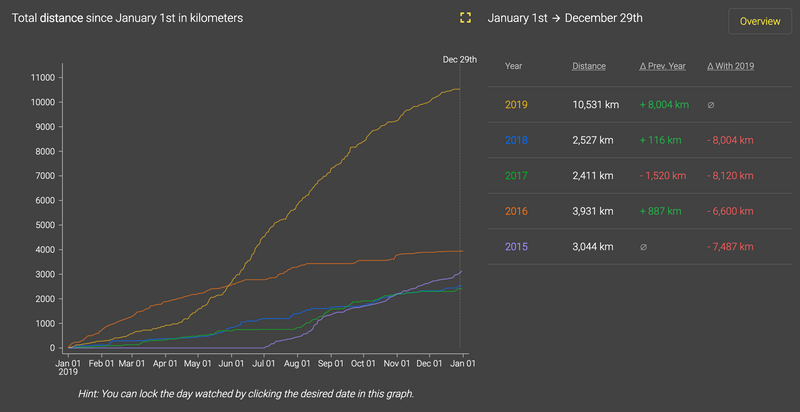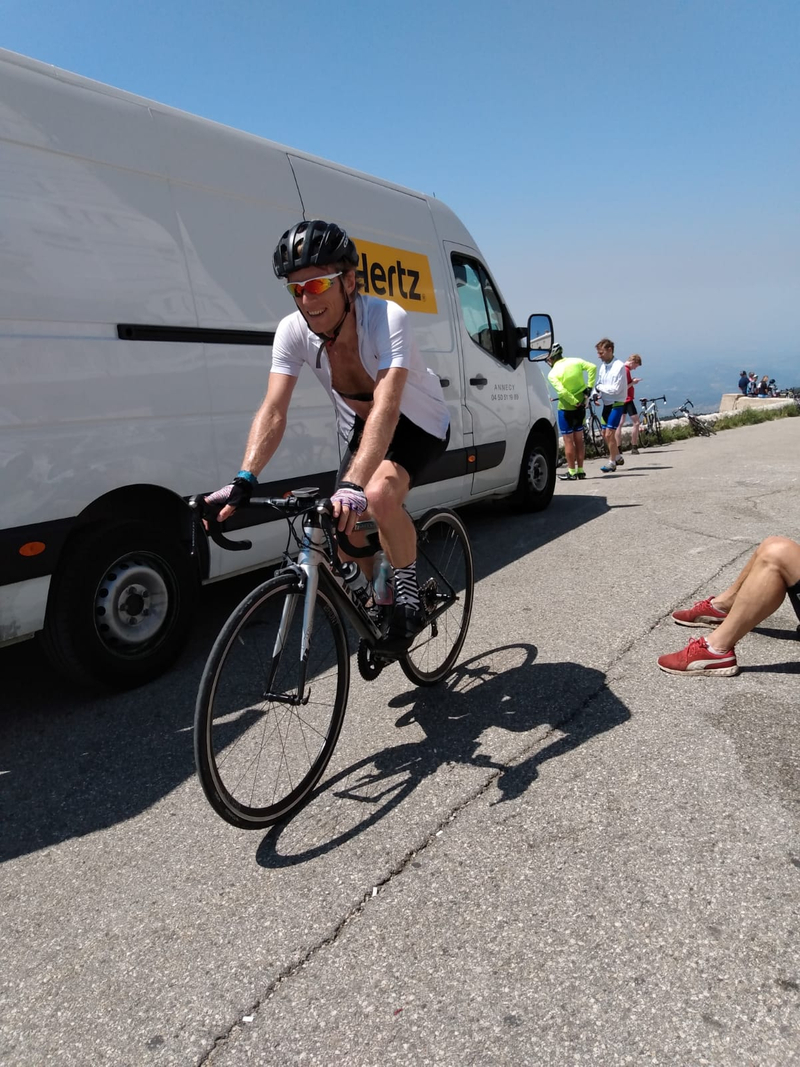Zone 2 Training For Fell Runners
16-10-2019
Stuck in a rut? Not improving? Zone 2 training will transform your running, making you more resilient, happier and healthier.
I rarely see fell runners training by heart rate. It seems actively looked down upon as many fell runners eschew the modern world of navigation and training methodologies in favour of the call of the wild.
I'm a fan of the wild 😄 I'm a fan of getting outdoors and just running. But I also love getting stronger, going faster for longer, and improving my race times. Heart rate based training has made me a better runner all round, specifically due to increasing my Zone 2 sessions.
Running Blind Will Not Make You Faster
Training without the guidance of a heart rate monitor means training blind. Most runners are unaware of the intensity they are running at and how long they are holding it for.
In practice this means that fell runners often train at a level which is maintainable for 2 - 4 hours, what we can call tempo or Zone 3 running. It feels tough, it feels exciting, it can make you feel strong, but it will prevent you moving forward as a runner. It's called the 'dead zone' for a reason.
Mixed in with this Zone 3 running are often bouts of easier running and rest stops to recover from the effort of tempo running. This leads to sessions with no clear focus on specific body systems to improve.
Too much training in Zone 3 leads to fatigue, injury and a stagnation in racing times due to improper pacing and lack of aerobic endurance. When races come, it's very clear that 90% of the field start off too strong and get slower as the race goes on.
Zone 2 sessions can help to reverse this trend. They will help you get faster as races go on, recover quickly from training, and become stronger to avoid injury.
What is Zone 2?
You can think of Zone 2 as an all day pace. You can keep a conversation. You can think straight. You can enjoy the view.
It is not easy. It is not a recovery run. It can feel hard, and as you get faster, will get harder.
In absolute terms it lies between 70% and 80% of your max heart rate. You can calculate your personalised heart rate zones with the running calculator I made to accompany these articles here. For me, with a max heart rate of 192, it lies between 134 and 153 bpm.
The Benefits
Zone 2 training has its biggest effect on your metabolism. At this intensity you are able to burn fat rather than carbs as your main source of fuel. You only have enough carbs for 90 minutes of exercise. You have enough energy in your fat stores to last days. Improving your ability to burn fat means you have an extra energy store previously unavailable to you. Combined with fasted training (another article coming soon), it will change the way you feel, train, and race.
It's not just fats though.
Zone 2 intensity increases your muscle glycogen storage, which means you can store more carbs to go stronger for longer at higher intensities.
Your muscle capillaries increase in number which improve your ability to process oxygen at all intensities.
Your heart gets bigger. You have improved stroke volume and maximal cardiac output. This means you can push more blood around the body to deliver oxygen to your body.
Higher intensity running clearly does the above things too. But you can't do as much of it without burning out. You can spend a lot of time in Zone 2 without being hindered by a buildup of fatigue. In fact, it will improve your ability to recover and manage fatigue, whilst still giving you the physiological stress to improve.
Zone 2 training will improve your pacing and lower your heart rate across the board for all intensities. You will be able to push your faster sessions and go longer.
For racing you will find that you will be going much faster on the flatter and downhill sections, whilst still maintaining a high speed up hills. You will get faster, rather than slower as races progress. You will have more confidence in your ability.
There is no better zone for maintaining positive mental health. When you run in Zone 3 your body is releasing a lot of adrenaline and cortisone as your body is pushed into a simulated fight / flight response. This can cause stress and anxiety and takes some time to recover and restore balance. Zone 2 training leaves you pleasantly relaxed while still tired.
Your diet will change. You will no longer need those sweet things to keep your energy levels up as you will burn more fat in daily life. You won't need to eat for high intensity runs less than 2 hours. Now I don't eat at all for long runs up to 3 hours.
How to train in Zone 2?
The first thing you need to do is work out your maximum heart rate. There are so many testing protocols for this but I find the easiest is to take a race of between 20 - 40 minutes where you worked as hard as you could, you weren't fatigued beforehand, and you sprinted to the finish line. Take the maximum value from that sprint at the end and it will be very close to your maximum.
Next you need to work out your Zone 2 heart rate. You can do this using the calculator here. Just input your maximum heart rate and take the Zone 2 figures.
The difficult thing is then putting it into practice for your next run.
You need to keep your heart rate somewhere between the upper and lower limits for the duration of the run. It will definitely mean that you have to slow down drastically on any hill. It might mean you have to run faster on the flats and downs.
You have to keep the zone consistent. Any movement into the Zone 3 for a period of time can cause a delay in the fat adaptation as your body switches to burning carbs. Any lower and you won't elicit enough stress to give benefits. Your goal is to maximise your time at Zone 2 for the entire run, not pushing too hard or too easy at any point.
I find the best way of doing this is to turn off all fields on my running watch so that I can only see heart rate. Then I can glance down occasionally as I run to check I'm in the right zone, forgetting pacing and distance metrics. This will feel annoying at first, but your body will adapt and you will begin to recognise when you are in Zone 2 and not need to look at all as you progress.
You can also cross train effectively as you now have a standard to keep to. I do a lot of sessions on the bike, and I know that if I am in a Zone 2 session it's equivalent metabolically to doing it on a run.
A balanced training schedule?
Zone 2 training is not everything.
It should be incorporated into a varied training routine that works other intensities.
You can still do your hill repeats and specifically targeted tempo runs.
Just slow down on those runs which you used to get carried away on. Instead, make them a targeted Zone 2 run; a run with a purpose.
It is possible to replace all your running with Zone 2 training for a period of time and get great training benefits. It can help in the build phase of a periodised training schedule. It is also very effective if you have been injured or burnt out repeatedly. Try spending 4 - 8 weeks at just Zone 2 and feel the difference. If you can, push this out for longer
Overcoming Zone 2 challenges
There are a few challenges you will meet when you first begin targeting this zone.
- You will have to walk on the hills. This has the mental effect of making you feel quite weak. We are playing the long game here, not satisfying our ego. Try and keep in mind that it will pay off in the weeks and months to come.
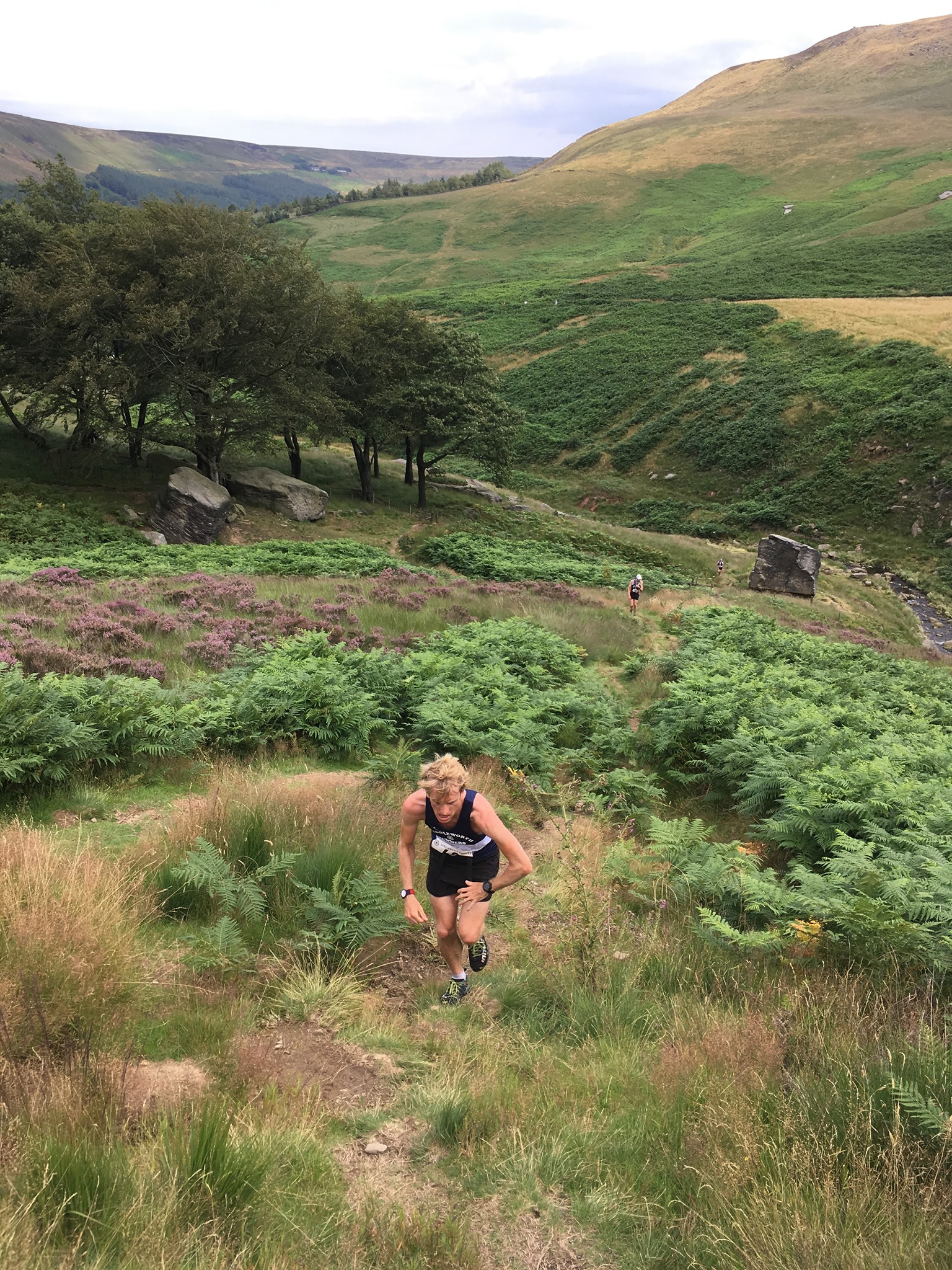
- You will find it difficult to train with others. Everyone has different abilities and training methods. You are going to find that you are further behind on shorter runs to begin with, and probably further ahead on longer runs due to improved pacing, feeling fresher while others bonk or exhaust themselves. If you run with a club, this gives you a really good opportunity to spend more time with runners of different abilities, enjoying new conversations whilst keeping your own training intact.
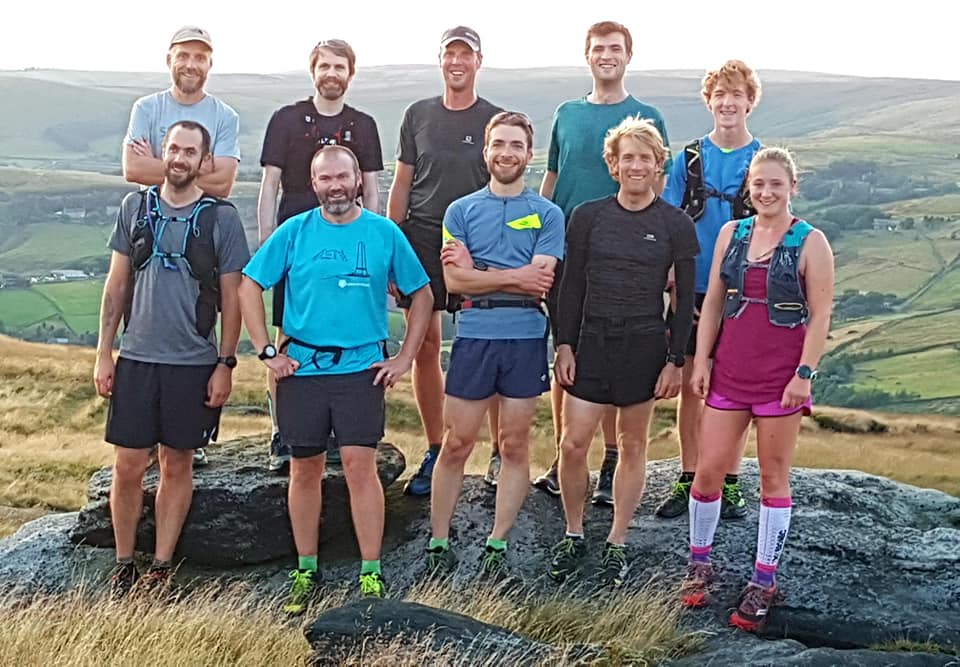
- The buzz isn't quite the same. The after effect of a Zone 2 session is nothing like running in higher intensities. The buzz of adrenaline and exhaustion doesn't happen. Its a much more sedate training zone and will make you feel calm and collected. This can be tough if you enjoy beasting yourself in tempo mode and lying on the sofa afterwards!
What can I expect?
As your metabolism and neuromuscular system adapt to the lower intensity of training, there are some big changes that will come, albeit slowly.
Your pace in Zone 2 will increase. This means you will be running the same pace in Zone 2 as you used to in Zone 3. It will feel easier and you will be able to hold it for longer. Zone 2 pace will feel hard on your legs, but you'll be able to do it all day.
Your stamina and endurance will increase. You will have a better oxygen transport system and your ability to burn fats will improve. You'll speed up when others are slowing down towards the end of a race.
You will be faster for the same heart rate at higher intensities. You will be able to hold harder efforts for longer.
Your times in races will improve. In your Zone 2 sessions will get used to running an even intensity, over uneven terrain. Hills, flats, and downs are all run at the same intensity. It's well known that in fell races people slow down on the flats, but you'll keep going, overtaking others.
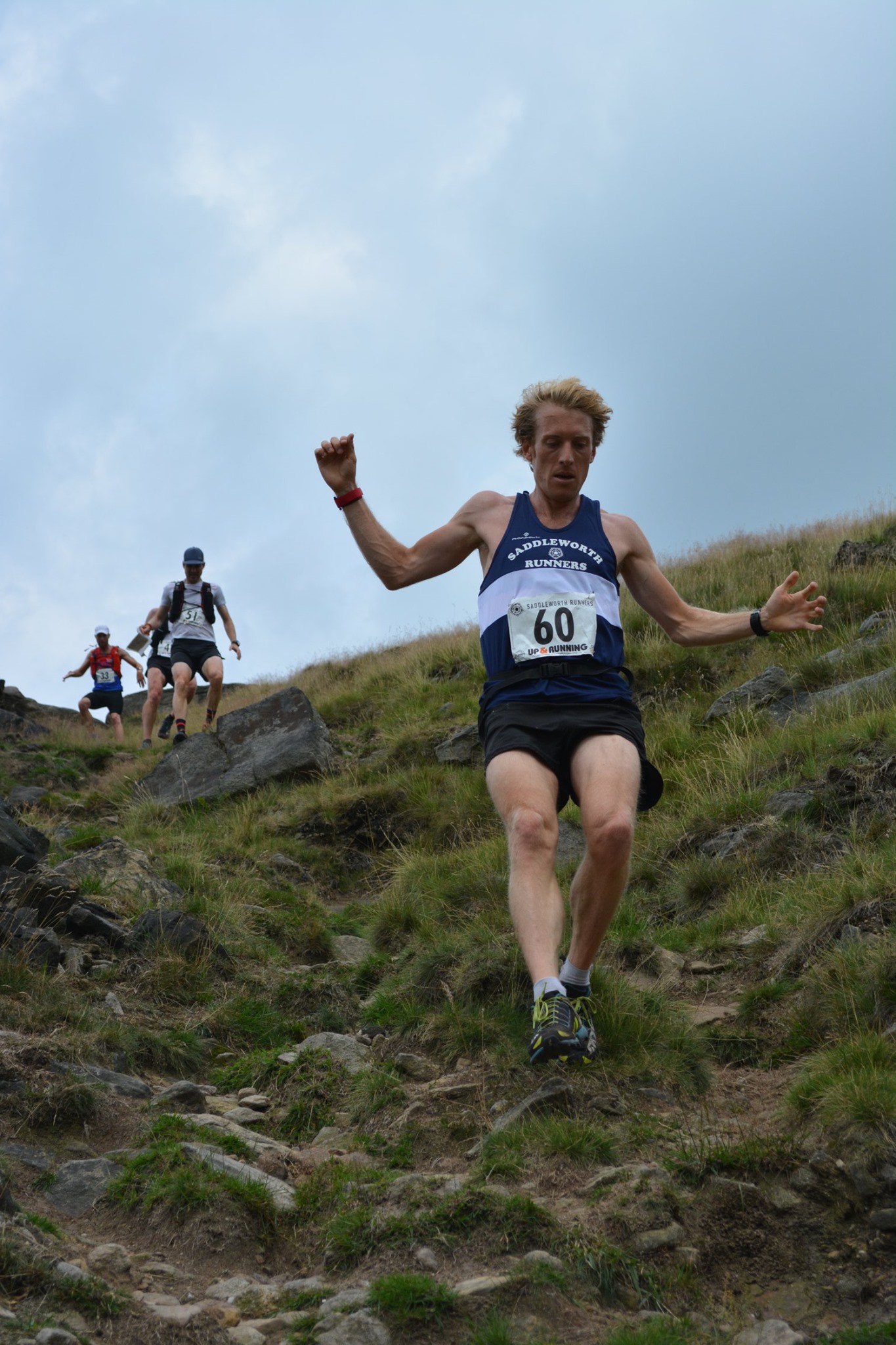
Recovery will become much faster. You'll be ready for more intense sessions instead of being fatigued. You'll avoid injury. You'll keep consistent.
Why Zone 2 made me the runner I am today
My training used to be characterised by tough runs that had me out of breath. I was trying to prove that I was quick, to myself, and to others. I was nervous of long distances, worried about fuelling on runs, and eating a lot of sugary foods.
I decided to make a change to my training and began Zone 2 training as the mainstay of my time outdoors. I started with 3 - 4 months of only Zone 2, and then built in other sessions around it as I got stronger.
To begin with it was difficult. I felt so slow. I was walking up every hill. I felt like I was a slow runner. My pace on the flat in Zone 2 was 9:00 minute miles.
After 2 months I saw my pace dropping. 8:30 minute miles. Then 7:30 minute miles some months later. I felt so strong and I was only going easy. Zone 2 began to feel hard.
My pacing had changed, and running quicker on the descents to keep in the right zone had made me much faster in races. I started passing people on descents (a rare event before )
My heart rate was much lower in races. Not peaking in the 186bpm range it used to. 182bpm felt like practically sprinting, which means I could go stronger for longer and races didn't leave me as fatigued. I noticed I could race more often competitively, still recover, and get my other sessions done.
Where am I at now? I can run 7:00 minute miles in Zone 2 on the flats. On hilly runs, I feel strong on all aspects of terrain. My core is stronger. I am confident in my own ability to hold different paces. I don't try and prove anything to anyone. I train at my own paces and don't mind running slowly. I like running with runners of different abilities. I run my own races and don't panic.
Targeted Zone 2 training transformed my distance running. It's a big commitment. It will take a long time to see the benefits. But trust me, it's something you should try.

